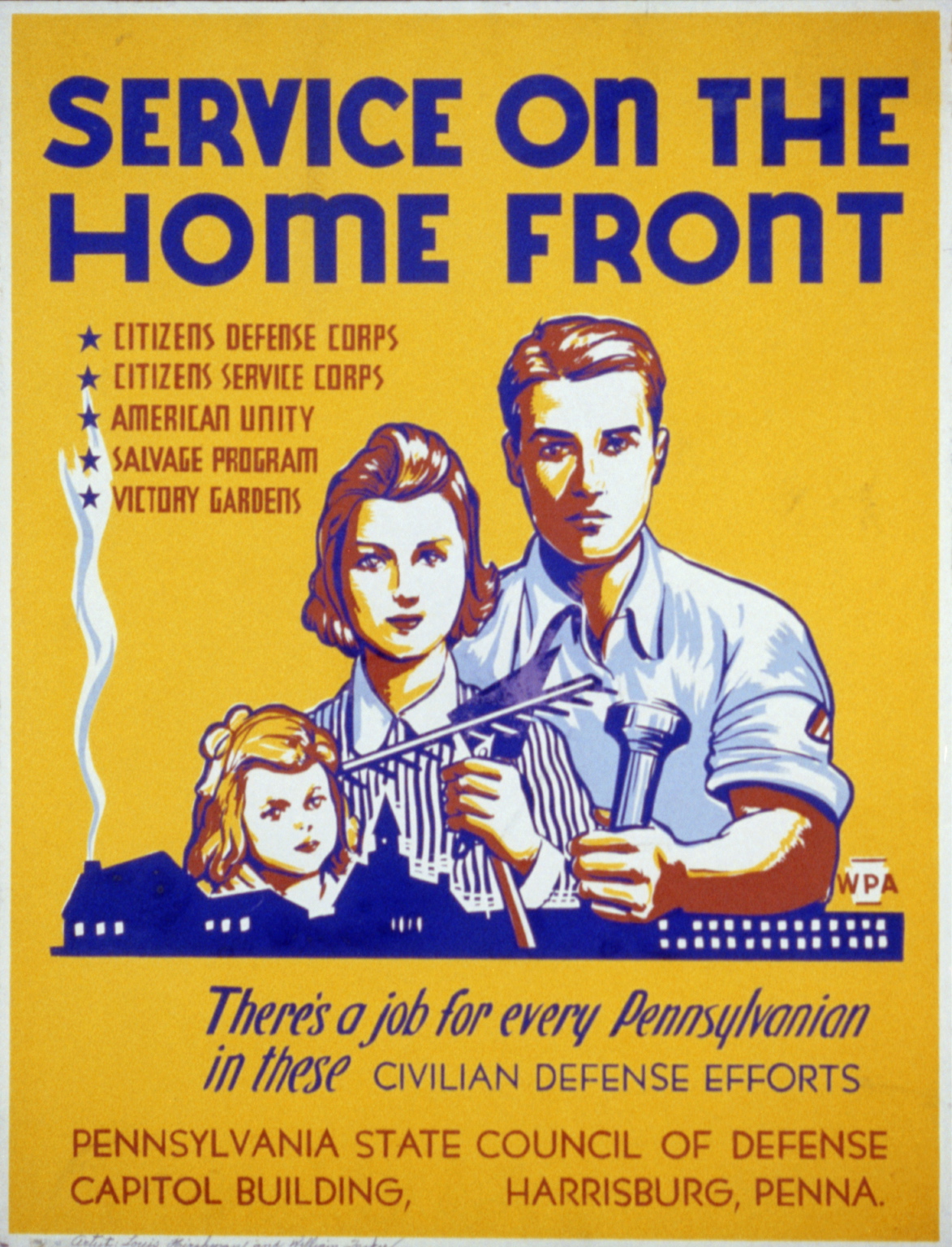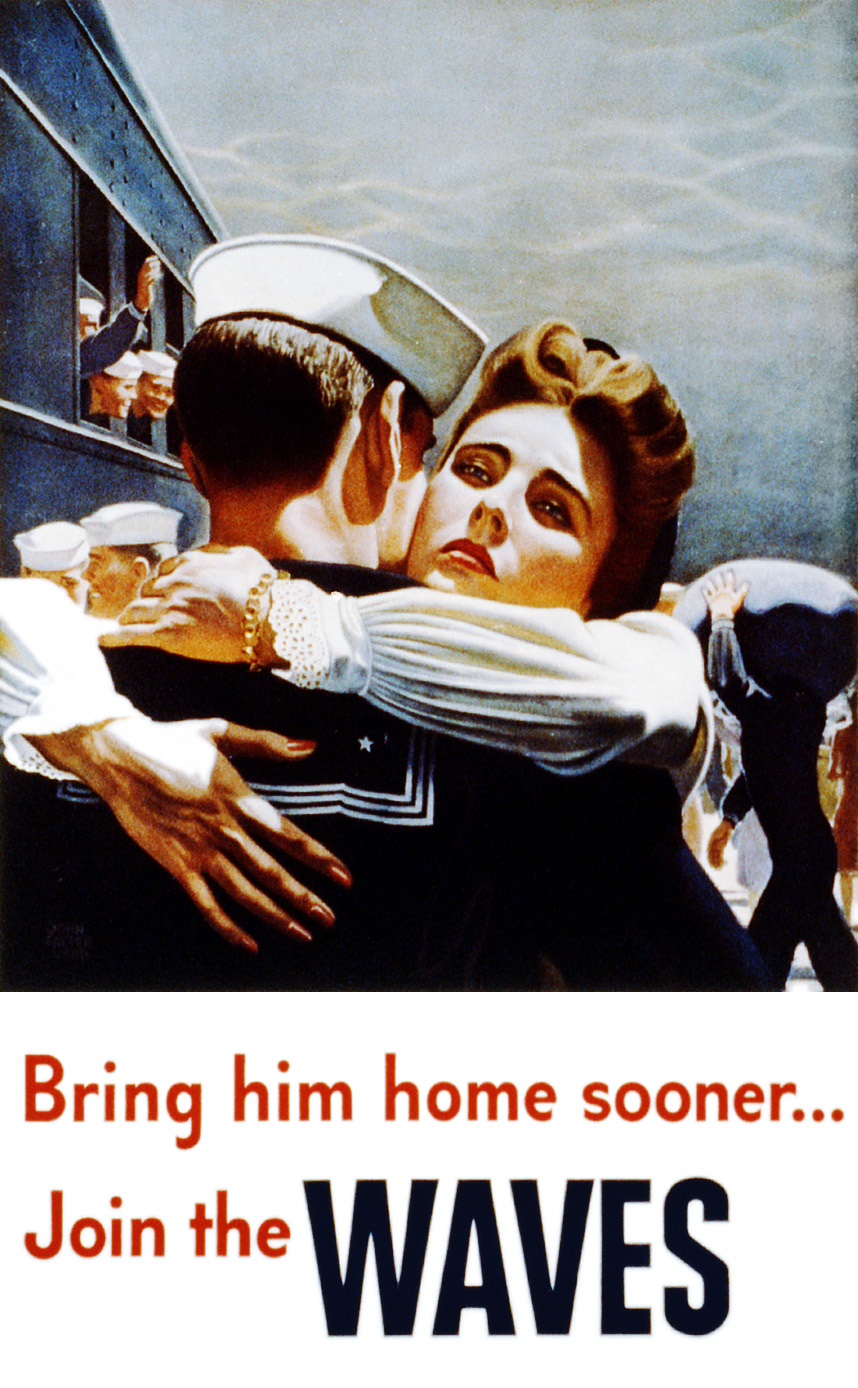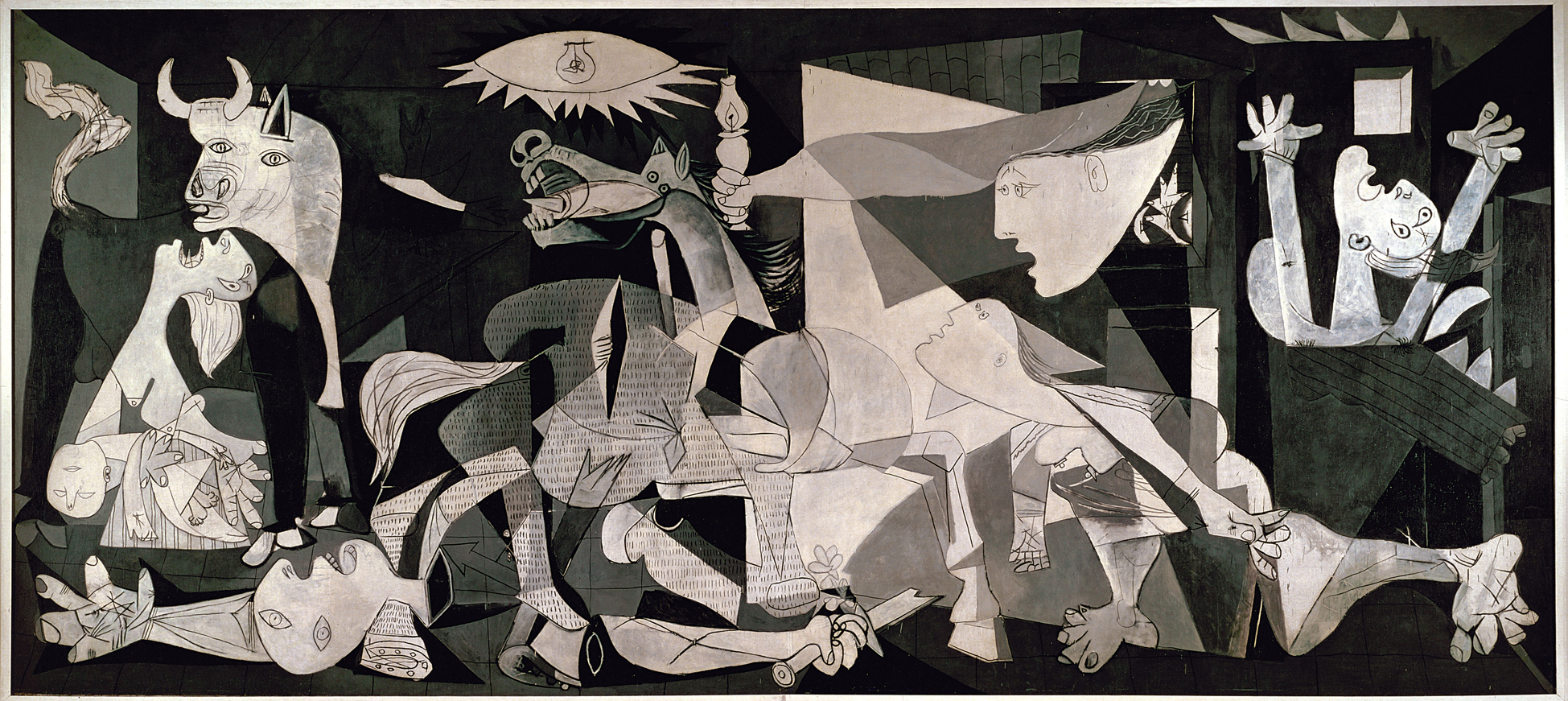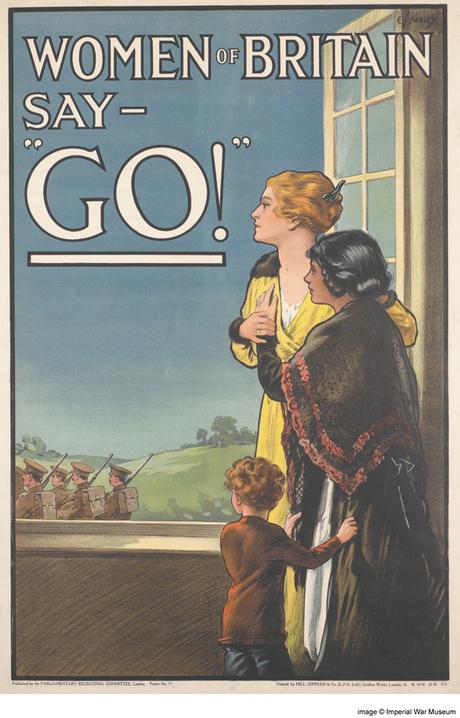
Burst of Joy was taken by the Associated Press photographer Sal Veder at Travis Air Force Base on March 17, 1973, the day when the American soldiers returned home from the Vietnam War. After Vietnam won its independence from France with the financial help from the US, Vietnam was temporarily divided into anti-communist South Vietnam and communist North Vietnam (“The Vietnam War”). The US president John F. Kennedy sent in American troops to help South Vietnam, hoping to stop North Vietnam from taking control over South Vietnam and to eliminate the communist government in North Vietnam (“Battlefield: Timeline”). Eventually, President Nixon started a draft forcing soldiers to go to Vietnam, because not enough soldiers volunteered to go fight. Americans were extremely upset with that decision, because their family members were sent away to fight a war they did not want to be involved in. They were also angry that so many American soldiers were dying for a useless fight, because South Vietnam was clearly losing (“The Wars for Vietnam: 1945-1975”). Many soldiers were captured and put into camps; they starved and suffered (“Burst of Joy”). Eventually, students and organizations began protesting on college campuses; and in 1968, the whole country started an anti-war protest (The Wars for Vietnam: 1945-1975”). Finally, President Nixon agreed to withdraw American troops from Vietnam. By March 1973, all the American soldiers in Vietnam were released from the enemy camps and sent back home, marking the end of American involvement in the Vietnam War (“Burst of Joy”).
The Stirm family in this photo represents the families that reunited after years of separation. The teenage daughter in the center of the photograph is running to her father for a welcome-home hug, while the rest of the family follows; everyone is excited to be reunited. The girl represents the people of America, who were relieved that the unnecessary war has finally ended. After a long period of protesting, everyone in the country was thankful that the American soldiers have returned at last. While this scene symbolizes all the happy family reunions after the end of the war, it also serves as a warning for future government leaders, reminding them to reconsider before sending troops to support foreign countries. Lastly, the photo is a painful reminder of the innocent soldiers who fought and died in the Vietnam War to those families that will never reunite again.
“Battlefield: Timeline.” PBS. 10 May 2011. <http://www.pbs.org/battlefieldvietnam/timeline/index4.html>.
“Burst of Joy.” Famous Pictures: the Magazine. 28 April 2011. <http://www.famouspictures.org/mag/index.php?title=Burst_of_Joy>.
“The Wars for Vietnam: 1945-1975.” Vassar College. 10 May 2011. <http://vietnam.vassar.edu/overview/index.html>.
“Vietnam War.” Digital History. 10 May 2011. <http://www.digitalhistory.uh.edu/modules/vietnam/index.cfm>.









